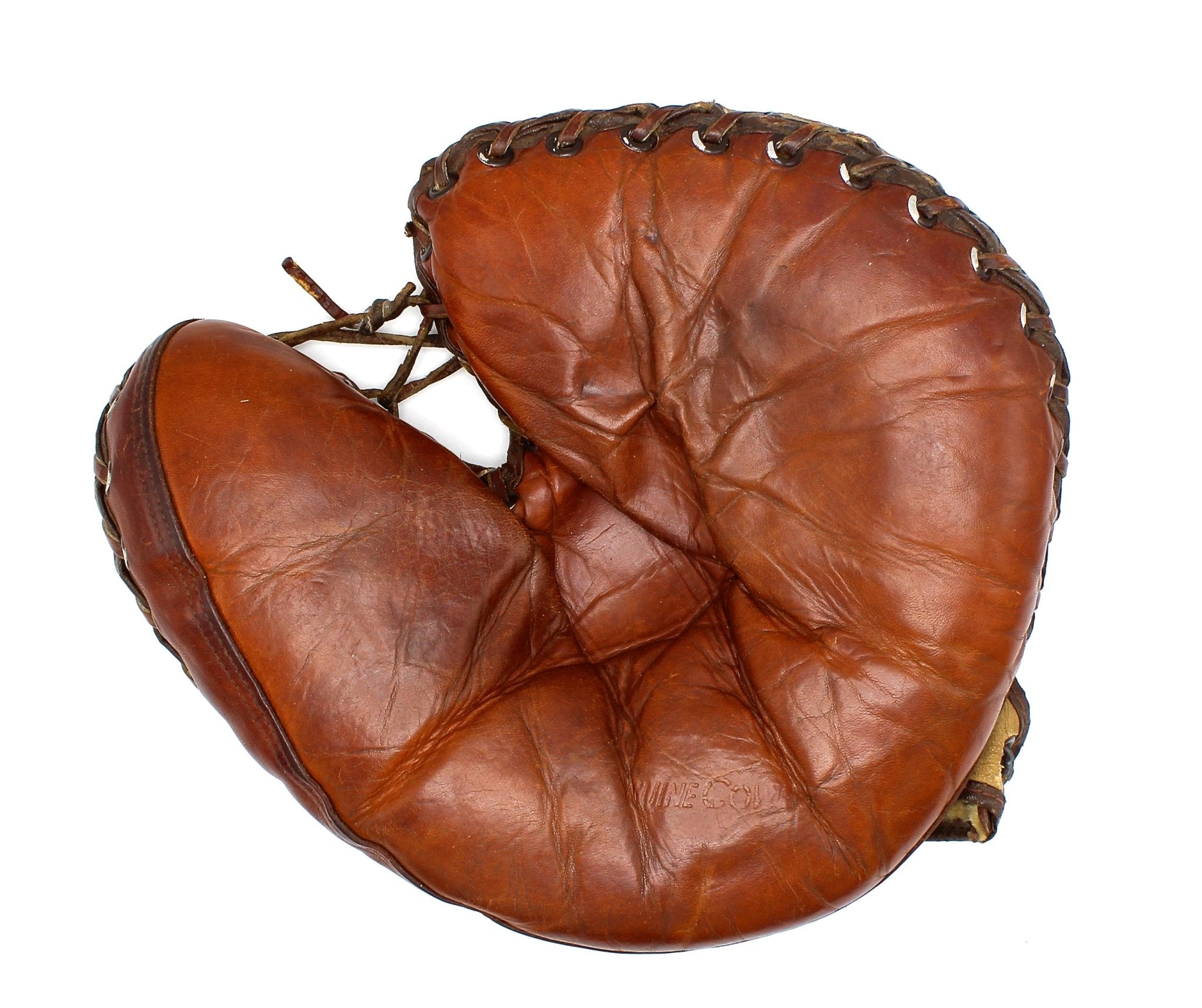John James Audubon
John James Audubon’s depictions of American bird species are among the most collected and referenced depictions in the world. Discover more about those prints in today’s blog post.
John James Audubon
John James Audubon (1785-1851) born in Saint Domingue, present day Haiti, as the illegitimate son of a French sea captain and plantation owner. Audubon was raised by his stepmother in Nantes, France, and took a lively interest in birds, nature, drawing, and music even from an early age. In 1803, at the young age of 18, Audubon was sent to the United States, where he lived at the estate Mill Grove, Philadelphia.
While in Philadelphia, Audubon began his first species experiments. His tests with bird species were extensive; “While there, he conducted the first known bird-banding experiment in North America, tying strings around the legs of Eastern Phoebes; he learned that the birds returned to the very same nesting sites each year” (audubon.org). Audubon began drawing the likeness of birds he discovered and while he was not the first person to do so, he was for some time the country’s dominant wildlife artist.
“Audubon spent more than a decade as a businessman, eventually traveling down the Ohio River to western Kentucky—then the frontier—and setting up a dry-goods store in Henderson. He continued to draw birds as a hobby, amassing an impressive portfolio. Audubon was quite successful in business for a while, but hard times hit, and in 1819 he was briefly jailed for bankruptcy. With no other prospects, Audubon set off on his epic quest to depict America’s avifauna, with nothing but his gun, artist’s materials, and a young assistant” (audubon.org).
Virginian Partridge Plate 76, Amsterdam Audubon Edition
Travels Through America
Audubon traveled throughout the U.S. while his wife, Lucy, worked back home on a plantation as a tutor. His work was dedicated to involvement with nature, so his fully-emerged presence in nature was crucial to his success. Audubon soon became known as a keen observer of birds and nature. Like his peers, Audubon was an avid hunter of wildlife, though he also had a deep appreciation and concern for wildlife conservation.
While he was not the first person to attempt to paint and describe all the birds of America, Audubon’s The Birds of America quickly became the most complete and elaborate rendition of bird cataloging.
“In 1826, he sailed with his partly finished collection to England. The American Woodsman was literally an overnight success. His life-size, highly dramatic bird portraits, along with his embellished descriptions of wilderness life, hit just the right note at the height of the Continent’s Romantic era. Audubon found a printer for the Birds of America, first in Edinburgh, then London, and later collaborated with the Scottish ornithologist William MacGillivray on the Ornithological Biographies—life histories of each of the species in the work” (audubon.org).
Printed between 1827 and 1838, Audubon’s works were produced as 435 life-size watercolors of North American birds, entitled the Havell edition. These large prints were all reproduced from hand-engraved plates. The images are considered to be the archetype of wildlife illustration today.
The Amsterdam Edition
In October 1971, employing the best materials and most able craftsmen of their age, the Amsterdam firm of Theatrum Orbis Terrarum Ltd. set out to produce the facsimile edition of the greatest bird book ever printed: John Audubon’s Birds of America.
The 435 double-elephant folio sized plates, printed by the Havells of London and published in 1827-38, depict some 1,065 different species, the majority of which were drawn from specimens that Audubon himself had captured.
“The Curators of the Teyler's Museum in Haarlem, Holland made their copy of the original work available for use as a model. The Museum, founded in 1778, bought their copy through Audubon's son as part of the original subscription in 1839. After long deliberation, the extremely complex but highly accurate process of colour photo-lithography was chosen as the appropriate printing method. The best exponents of this art were the renowned Dutch printing firm of NV Fotolitho Inrichting Drommel at Zandvoort who were willing to undertake the task of printing each plate in up to eight different colours” (audubongalleries.com).
The publishers in Amsterdam and their dedicated team completed the task of producing the Amsterdam edition in 1972. 250 copies were published and sold by subscription, only. The reprints very closely resemble the Havell originals.
Editors at Audubon, John J. Audubon's Birds of America. Audubon.org, n.c. Accessed 30 Oct. 2019.
Editors at Audubon Galleries, Audubon Amsterdam Edition. Audubongalleries.com, n.d. Accessed 30 Oct. 2019.








